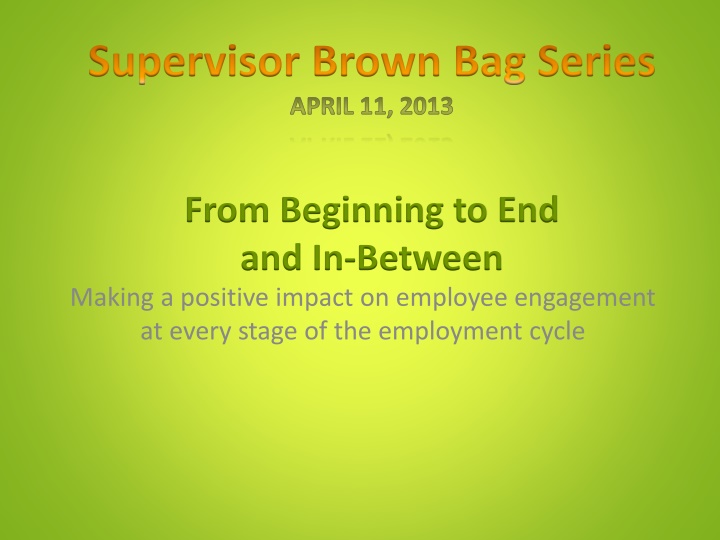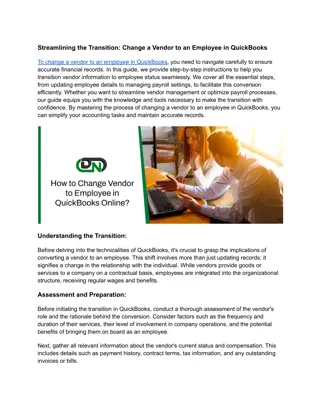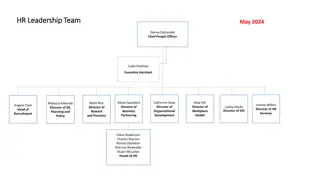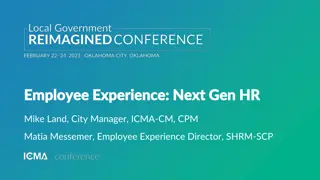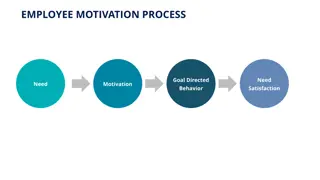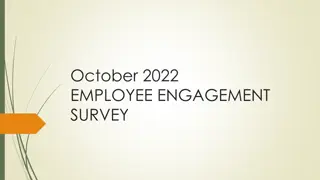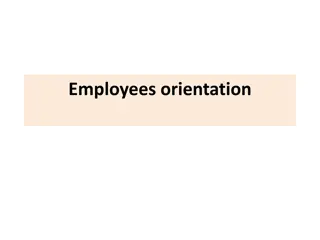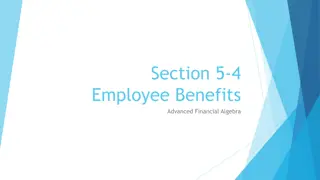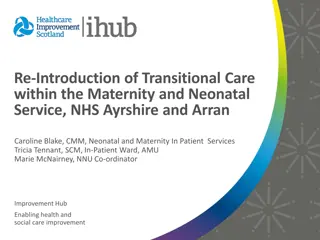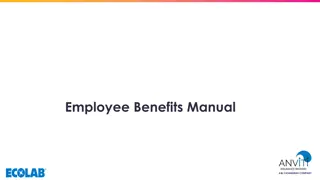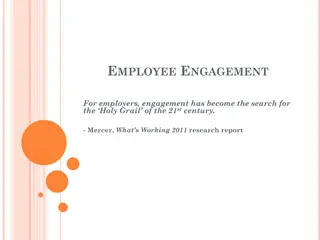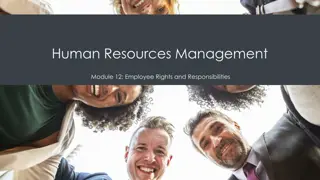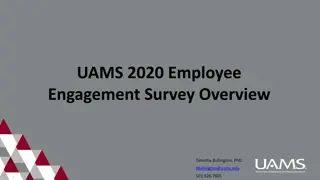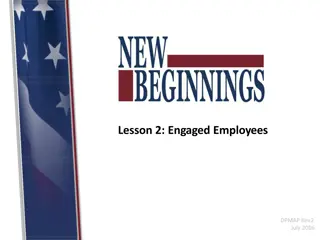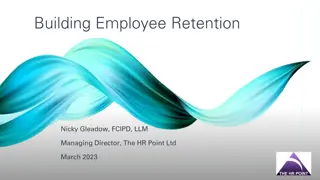Enhancing Employee Engagement and Managing Separations Effectively
Understanding employee engagement levels is crucial for organizational success. Engaged employees drive innovation and productivity, while actively disengaged employees can undermine the efforts of their colleagues. Effective management of separations, whether voluntary or involuntary, is also essential for maintaining a positive work environment. Implementing good practices and succession planning can help organizations navigate through various stages of the employment cycle successfully.
Download Presentation

Please find below an Image/Link to download the presentation.
The content on the website is provided AS IS for your information and personal use only. It may not be sold, licensed, or shared on other websites without obtaining consent from the author.If you encounter any issues during the download, it is possible that the publisher has removed the file from their server.
You are allowed to download the files provided on this website for personal or commercial use, subject to the condition that they are used lawfully. All files are the property of their respective owners.
The content on the website is provided AS IS for your information and personal use only. It may not be sold, licensed, or shared on other websites without obtaining consent from the author.
E N D
Presentation Transcript
Supervisor Brown Bag Series APRIL 11, 2013 From Beginning to End and In-Between Making a positive impact on employee engagement at every stage of the employment cycle
What is engagement? Engagement is the process of leading people by enabling them to want to do whatever is necessary to ensure the continuous high performance and success of the organization. Scarlett Surveys International
The Three Types of Employees 1. Engaged: Employees work with passion and feel a profound connection to their company. They drive innovation and move the organization forward. 2. Non Engaged: Employees are essentially checked out. They re sleepwalking through their workday, putting time but not energy or passion into their work. 3. Actively Disengaged: employees aren t just unhappy at work: they re busy acting out their unhappiness. Every day, these workers undermine what their engaged coworkers accomplish.
Supervisors are when it comes to employee
Reasons Employees Leave Voluntary Retirement Promotion Life change Involuntary Dismissal for cause Layoff Non-renewal
Involuntary Separation Use discretion Treat the employee with dignity If terminated for cause Work with HR and IT to ensure security of property and information Arrange time for employee to collect personal items
Voluntary Separations Encourage employee to meet with HR for exit interview Arrange an appropriate send-off event
Suggestions for Good Practice Refer to the Change in Employment Status Checklist Communicate within the department and other key constituents
Preparing for Turnover: Succession Planning What is it? Preparation not pre-selection Ongoing not one-time Forward-looking not focused on present Don t be irreplaceable. If you can t be replaced, you can t be promoted. -- Unknown
Preparing for Turnover: Succession Planning How does it work? Identify critical functions in the department Identify employees that could learn other duties Who is interested in advancement? What are the existing competencies? Formalize the development plan Provide training and mentoring
Preparing for Turnover: Succession Planning Why bother? Reduces stress caused by turnover not a crisis Maintains level of productivity and service quality Enhances employee morale
